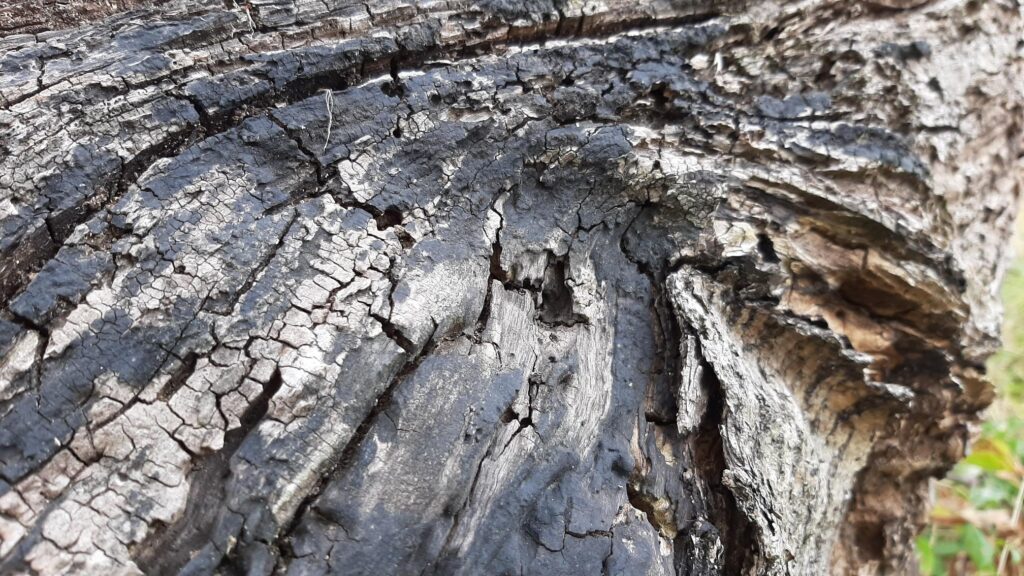Asking questions in workshops often leads to participants searching for the right answer. They work hard to make it as perfect as possible.
What often happens then, is that they work hard to find an answer that meets other person expectations. It’s either because they believe that there is one right answer or because they believe that the other person has the experience and knows better than themselves.
When learning something new it often is hard work to find one’s own position and answer. Even more so, when people have been trained that the teacher will evaluate and correct the given answer.
In reality what happens, is that the more perfect the answer becomes, the less real it feels.
It’s a result of the gap between the answer they are capable to sense from themselves and the answer they believe that others will like.
The work is to find a way to close the gap.
It’s not done by getting closer to the answer others will like.
It starts with permitting oneself to sense the answer that is most valid for ourselves and by accepting that it is the best answer we know in that moment.
It then requires a few iterations, most often by testing our answer with others and testing their feedback.
There is a moment when it starts to feel real to us. Usually, the moment when it feels real to others too.
Real is an experience. It’s beyond knowing intellectually. It’s when the whole body knows.
That’s the closest we get to perfect.

